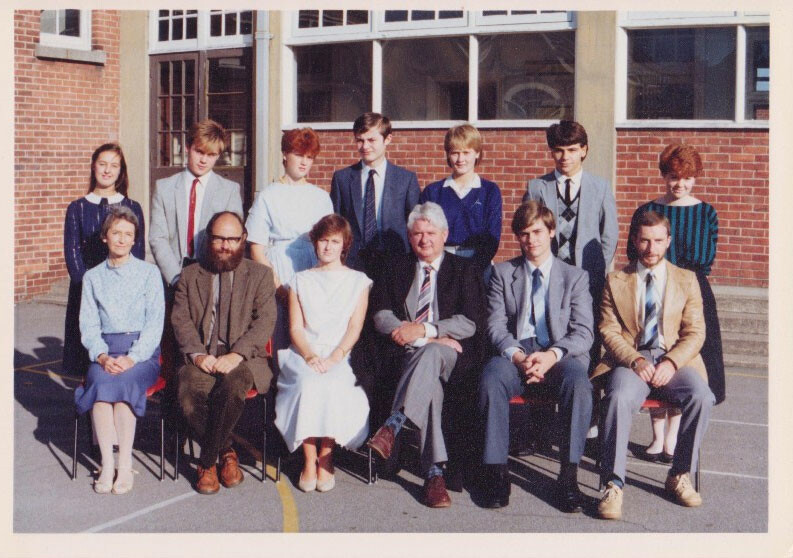History of Mayfield

In 2012, Mayfield School celebrated its 80th birthday and in recognition of this remarkable event we are seeking information, stories, photographs etc. to showcase its history for all to see. If you can help us in any way please contact general@mayfield.portsmouth.sch.uk
Introduction
For 16 years from the late 1980’s the pupils at Mayfield School undertook a project for their GCSE History in which they studied the history of their school [i]. During that time the history department and the pupils collected boxes of evidence including old photos, school magazines, reports and newspaper articles to help with their research. In 2000 we were invited by Portsmouth museum to contribute towards the Millennium project [ii], and further evidence was collected by a team of pupils who interviewed former pupils and people who worked in the school during the Second World War when the pupils were evacuated. In this history of the school I have used these resources and the coursework from three of these pupils as the starting point to compile my history of the school.
Stephen Sheehan, Mayfield School 1983 to 2012.
Northern Secondary School 1932 to 1939
Northern Secondary school opened its doors to pupils in 1932. At that time secondary education was only available for those pupils who passed the entry exam. The rest went to elementary schools and the School leaving age for these was 14. The new school was open for Boys and Girls. Northern Secondary School for Boys was housed in the building opposite St Marys Church on Fratton Road that is now part of the Portsmouth Housing Association. Previously there was no Secondary School for Girls in the North of the City.
The building was divided into two schools, the western half for girls and the eastern half for boys. The only shared area was the assembly hall. The school provided places for 570 boys and 570 girls and at the time was seen as cutting edge with “every modern convenience.” It was officially opened by the Lord Mayor of Portsmouth, Alderman Ferdinand Foster on the 7th October 1932 but boys had been attending the school since the previous Easter. The official opening was filmed for Pathe News and was shown at local cinemas. The School cost £104,000 to build with a total cost of £125,000. In 1995 it cost the same amount to build the library in the East Quad.
One of the first pupils at the school was Leonard James Callaghan who after a short career as a Naval Officer during the Second World War entered politics and became the only politician in the 20th century to hold all four of the highest political offices Home Secretary, Foreign secretary, Chancellor of the Exchequer and finally Prime Minister. There is some dispute about whether he attended the Mayfield site. In the Mayfield Magazine of 1982 he said that he left whilst the school was based in Fratton. However a school friend of his who was interviewed during the Millennium project claimed that he was one of the boys who attended the Mayfield site for the last few weeks of the summer of 1932.
[i] Raymond Lee: GCSE Coursework, Kristy Clifford: GCSE Coursework
[ii] Michelle Bush, Jessica Dillon, Rachel Taws, Kelly Badger, Daniel Moore, Rachel Atkins: The Millennium Project 2000
Maps
Photo Galleries

